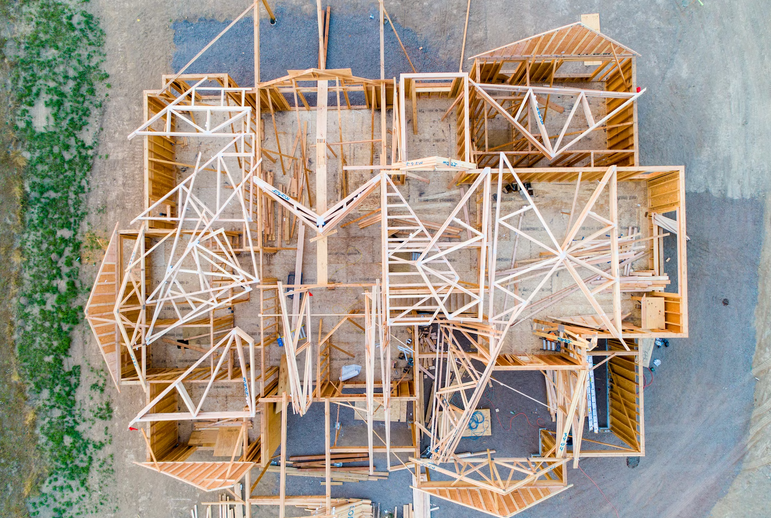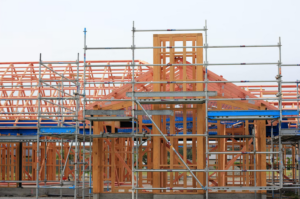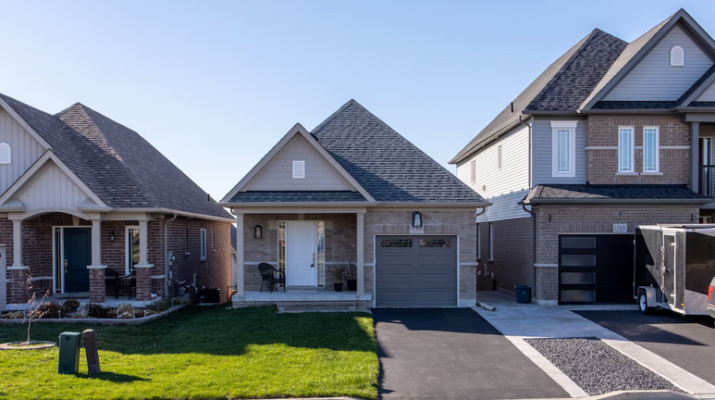Welcome to the world of prefab homes, where innovation meets affordability. As the demand for sustainable and cost-effective housing options continues to rise, more and more people are turning towards prefabricated houses as a solution. However, alongside their undeniable advantages, there is one question that often lingers in the minds of potential homeowners – why do prefab homes come with such soaring expenses?
In this blog post, we will dive deep into the fascinating world of prefab home economics and unravel the factors behind their price tags.
High Demand and Limited Supply
The surge in demand for prefabricated houses has been one of the primary factors influencing their escalating costs. As more individuals and families seek sustainable, faster, and cost-effective housing solutions, the demand for prefab homes has skyrocketed. The law of supply and demand comes into play, driving up the prices of prefabricated homes. Manufacturers are struggling to keep up with the demand, leading to increased production costs.
The scarcity of supply further exacerbates the situation, pushing prices higher as consumers compete for limited available units. As the Mitteldeutsche Zeitung newspaper continues to report that more demand for prefabricated houses is expected to continue beyond this year, the cost trend will likely persist.
Quality Materials and Customization

Prefab homes are often praised for their efficiency in material usage, but this very efficiency can contribute to rising costs. Many prefab houses use high-quality materials to ensure durability and longevity. Additionally, the trend toward customization, allowing homeowners to tailor their prefab homes to specific preferences and needs, has added complexity to the manufacturing process.
While customization is a significant selling point, it introduces challenges for manufacturers. Accommodating unique design elements and preferences requires additional time and effort, driving up labor costs and, consequently, the overall cost of the prefab home. As consumers increasingly demand personalized features, manufacturers are grappling with the delicate balance between customization and cost control.
Skilled Labor Shortages
The construction industry, including prefabricated home manufacturing, is facing a shortage of skilled labor. Skilled workers are essential for ensuring the precision and quality of prefab home components. The scarcity of experienced craftsmen has led to increased wages for skilled labor, contributing to higher production costs for prefab homes. Additionally, the demand for skilled workers has prompted manufacturers to offer competitive salaries and benefits to attract and retain talent. As a result, these elevated labor costs are passed on to consumers, further fueling the overall increase in prefab home prices.
Transportation and Site Preparation
 While prefab homes are celebrated for their speed of construction, transportation costs can add a significant financial burden. Prefabricated components need to be transported from the manufacturing facility to the construction site, often over long distances. Rising fuel prices and logistical challenges in coordinating deliveries contribute to increased transportation costs, impacting the overall affordability of prefab homes. Moreover, site preparation costs can be overlooked when considering the total expense of a prefab home. Ensuring the foundation is properly laid and meets local building codes is crucial. Depending on the site conditions, additional work may be required, leading to unforeseen expenses that add to the overall cost of the prefab home.
While prefab homes are celebrated for their speed of construction, transportation costs can add a significant financial burden. Prefabricated components need to be transported from the manufacturing facility to the construction site, often over long distances. Rising fuel prices and logistical challenges in coordinating deliveries contribute to increased transportation costs, impacting the overall affordability of prefab homes. Moreover, site preparation costs can be overlooked when considering the total expense of a prefab home. Ensuring the foundation is properly laid and meets local building codes is crucial. Depending on the site conditions, additional work may be required, leading to unforeseen expenses that add to the overall cost of the prefab home.
The increasing costs of prefabricated houses stem from a complex interplay of factors, including high demand, limited supply, the use of quality materials, customization trends, skilled labor shortages, and transportation challenges. As consumers weigh the benefits of prefab homes, it’s essential to consider these factors and their impact on overall affordability. While prefab homes continue to offer advantages in terms of sustainability and construction speed, understanding the reasons behind the rising costs is crucial for making informed decisions in the evolving landscape of prefabricated housing.…

